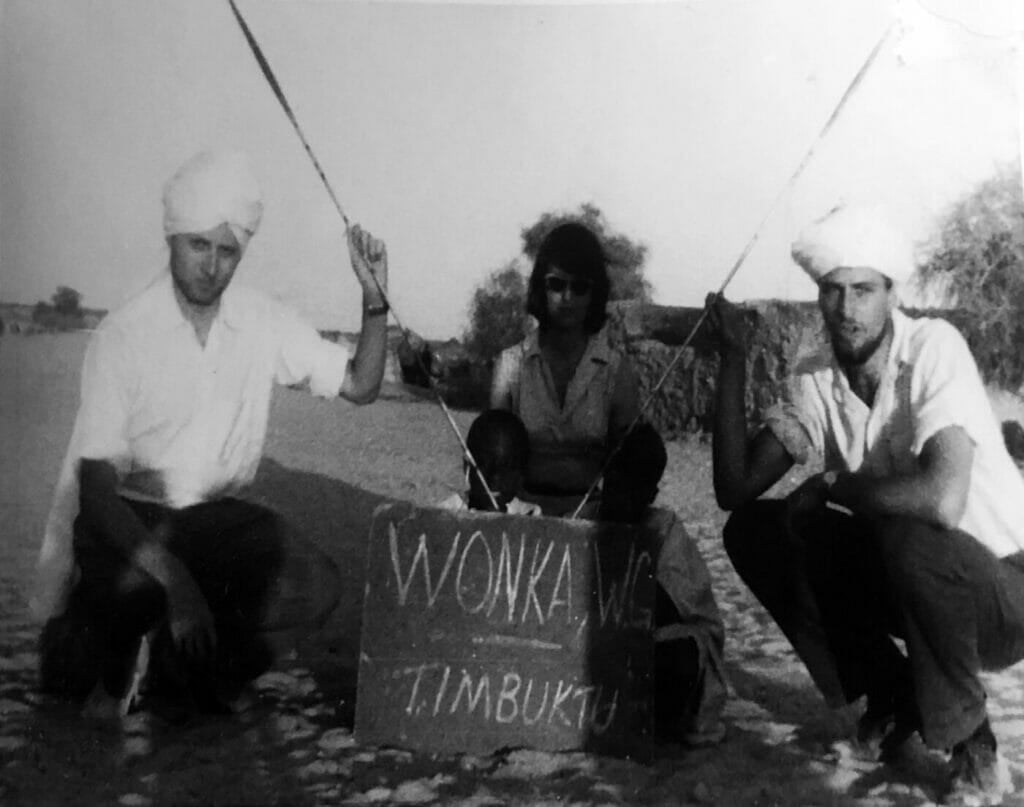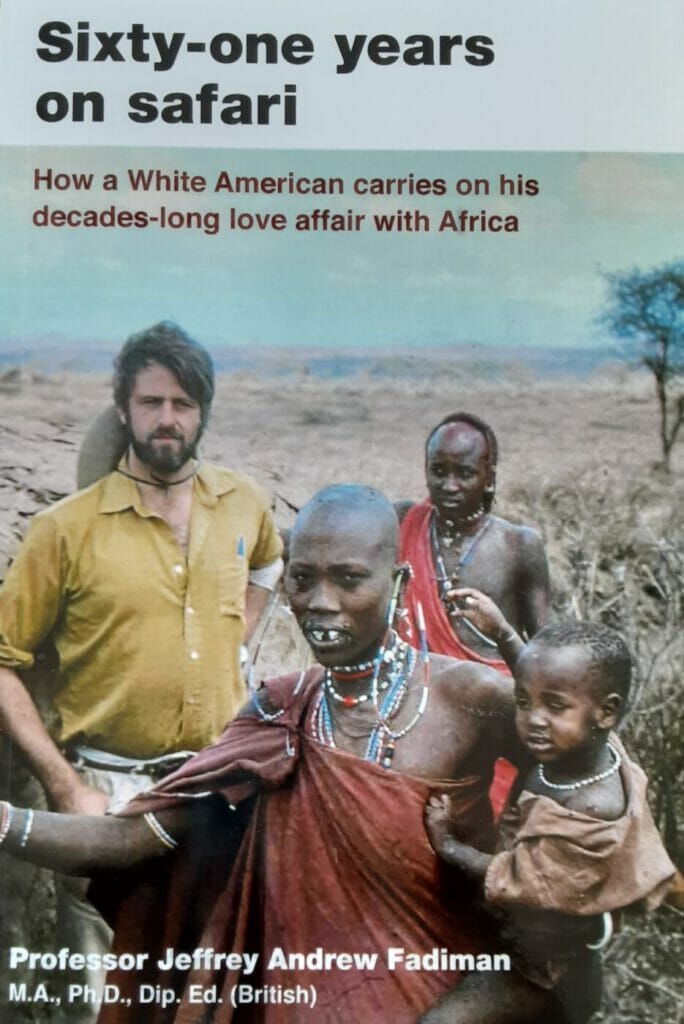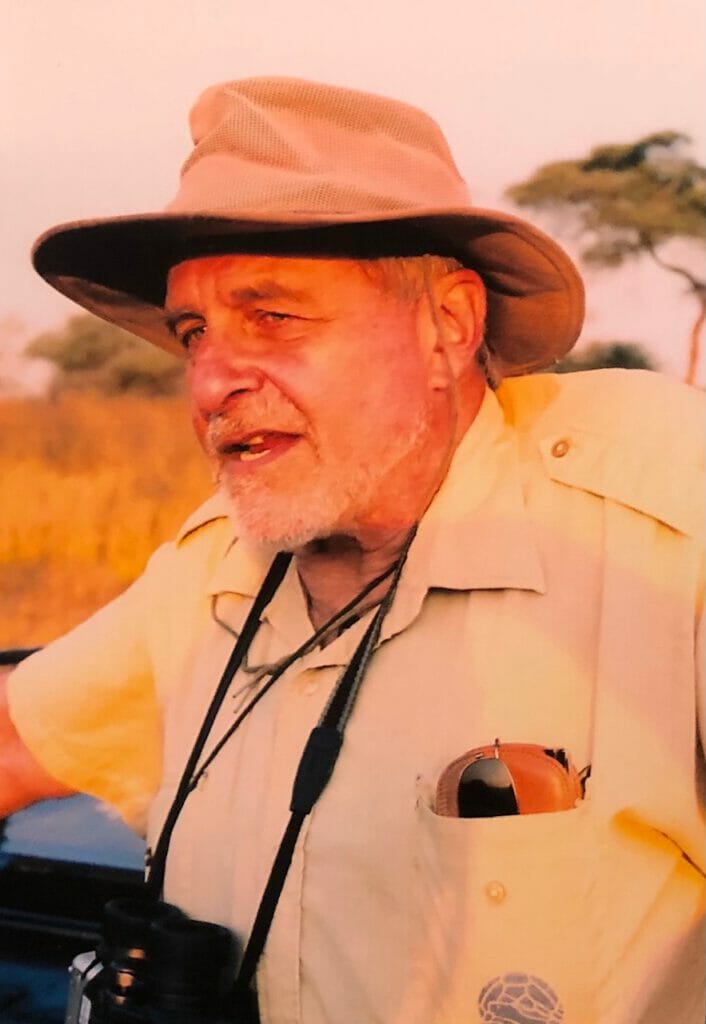A young white man’s safari in Africa—1960

BY PROFESSOR JEFFREY FADIMAN
My first safari, during my first week in Africa, was both a joy and a disaster. Since I knew nothing about Africa, I bought a low-riding volkswagen bug, rather than a high riding land rover. After all, I had a VW in the USA, therefore knew something about it. I knew nothing of land rovers. With a friend, I headed out for the Serengheti, the only wildlife park I had heard of. No one had told me that a little volkswagen could virtually drown in the dust it threw up from a eternally dusty African road. No one had told me that if it rained, the dust was transformed into black cotton mud, able to gobble up a little volkswagen and hold it prisoner forever.
Worse, no one had said that 1,200,000 wildebeest were now migrating through the part of the park that I entered, all raising still more dust. All we saw were unending lines of them, usually crossing the dusty road just in front of my car. The first five times I slowed, stopped and finally killed my engine, waiting patiently till they had crossed. When I saw a break in the traffic, I gunned my motor. Bad move. The noise scared hundreds of them, so they turned around and raced dustily back across the road again, blocking me once more.

Worse yet, no one had told me about East African rivers. Innocently, I had believed, since childhood, that all rivers have bridges. These didn’t. To get across, you had to gun the motor, race the car, and either splash across or leap out and push if you stick. I did not have a land rover, like everyone else in East Africa. I had a Volkswagen. It stuck in the river mud. We pushed. It settled. The water flowed—barely—across the car floor. We waited for help, but the sun went down. A lion roared.
About the author
__________

Jeffrey A. Fadiman, 85, is a professor of Global Marketing at San Jose State University in California, and a Language and Area Specialist for Eastern and Southern Africa. A graduate of Stanford University with two years at the Universities of Vienna and Free Berlin, this Fulbright scholar taught both U.S. and global marketing tactics at South Africa’s University of Zululand. He first experienced Africa in 1960 by canoeing up the Niger River to Timbuktu. Thereafter, he lived in Meru, Kenya, where he rediscovered the traditional history of the Meru tribe, which had been crushed by British Colonialism. Fifty years later, the Meru accepted him as the first White Elder of their nation. Professor Fadiman has supported both Tanzanian AIDS orphans and the schools to which he sent books, pens, paper, and hope.

